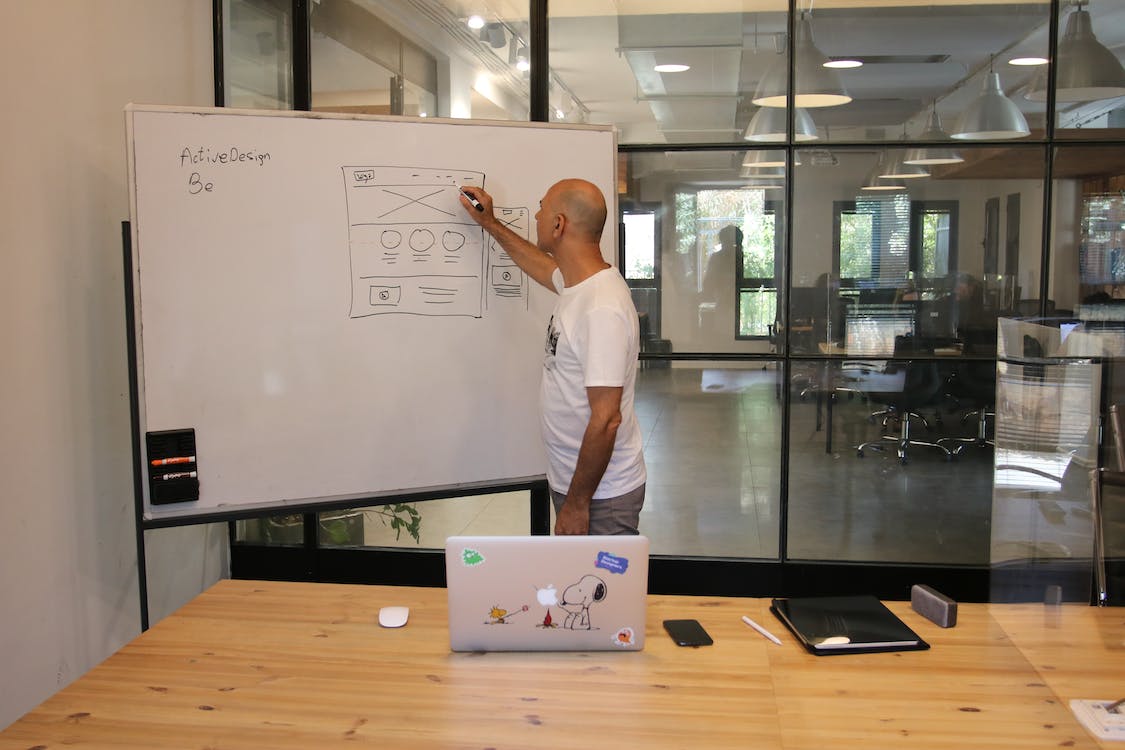User Interface (UI) designers play a crucial role in creating engaging and user-friendly digital experiences. Their work involves a delicate balance of creativity, functionality, and usability. To help UI designers excel in their craft and optimize their workflow, we have compiled a list of 10 essential life hacks that can enhance their productivity and efficiency.
Stay Updated with Design Trends
Keeping up with the latest design trends is vital for UI designers. Follow design blogs, websites, and social media accounts to stay informed about emerging styles, techniques, and technologies. This knowledge will help you create modern and visually appealing interfaces that resonate with users.

Utilize Grid Systems
Grid systems are indispensable tools for creating balanced and visually harmonious designs. Embrace grid-based layouts to establish consistent alignment, spacing, and proportions. Frameworks like Bootstrap and Foundation can aid in rapid prototyping and save you valuable time.
Optimize Your Design Tools
Master the keyboard shortcuts and customize your design software to suit your needs. This allows you to work more efficiently, execute tasks swiftly, and navigate through complex interfaces effortlessly. Invest time in learning advanced features and plugins that can automate repetitive tasks.
Adopt a Mobile-First Approach
As mobile usage continues to dominate, adopting a mobile-first design approach is essential. Begin your designs by focusing on mobile devices to prioritize simplicity, hierarchy, and responsiveness. This approach ensures a seamless transition to larger screens while enhancing the overall user experience.
Use Prototyping Tools
Prototyping tools like InVision, Marvel, or Proto.io allow you to create interactive and realistic prototypes, providing a tangible representation of your design. Prototypes facilitate effective communication with clients and stakeholders, enabling them to visualize the user journey and provide feedback early in the process.

Leverage UI Component Libraries
UI component libraries, such as Material-UI and Ant Design, offer pre-built UI elements and design patterns. These libraries not only speed up your design process but also ensure consistency across different projects. They provide ready-made components that are tested, accessible, and visually cohesive.
Maintain a Design System
A design system acts as a centralized resource that defines guidelines, standards, and best practices for UI design. By establishing a design system, you create a consistent visual language, ensuring coherence across your projects. This system encompasses color palettes, typography, iconography, spacing rules, and more.
Continuously Learn and Iterate
The field of UI design is constantly evolving, and it is crucial to keep learning and refining your skills. Attend design conferences, participate in workshops, and engage in online courses to stay abreast of emerging technologies and design methodologies. Embrace a growth mindset, seek inspiration from diverse sources, and never stop iterating and improving your designs.
